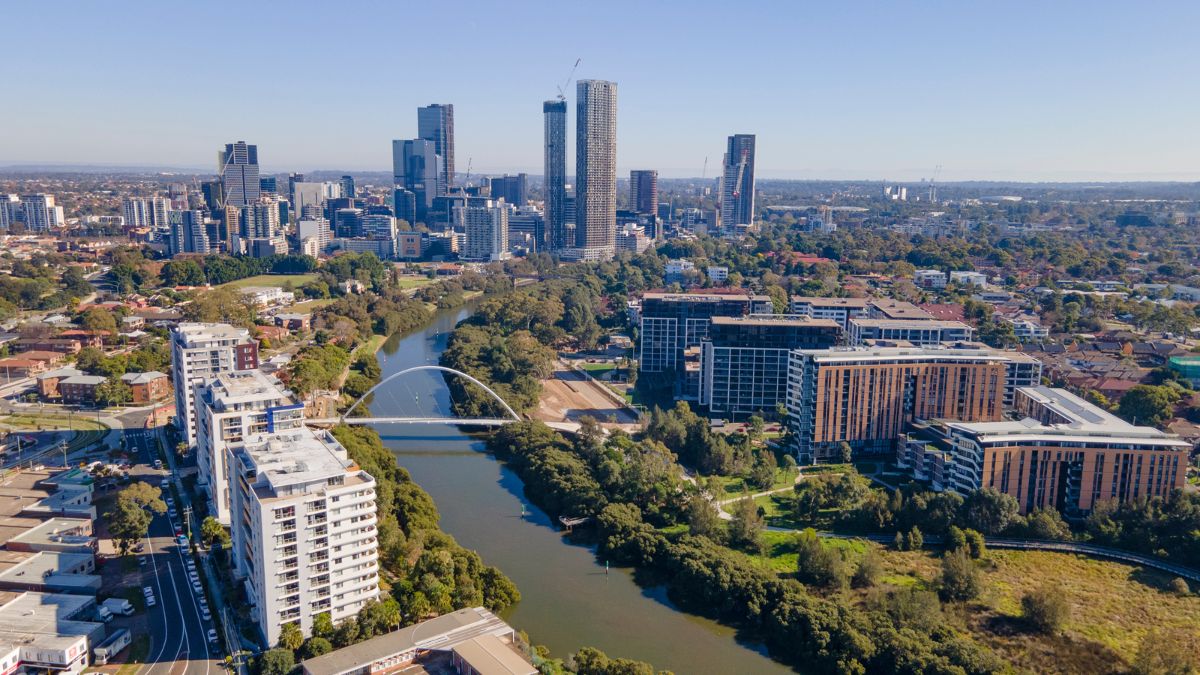Nurses provide care and support for patients from all walks of life, regardless of where they come from. For New South Wales having the highest population among all the states in Australia, it is easy to run short of healthcare professionals to attend to everyone who needs their services, reducing the overall quality.
Hence, the role of travel nurses is crucial in making sure that patient care is at its optimum level. Their field of expertise is an exciting career with some of the nicest rewards in terms of opportunities for growth in knowledge and experience, and also a chance to travel to many places.
Living Conditions and Opportunities in NSW
New South Wales is considered one of the more expensive states to live in and do business in Australia, particularly if you choose or are assigned to its capital, Sydney, or nearby. When I worked as a travel nurse in NSW, it took me a while to find my feet. I went back to my old trade of powerwashing for a while, joining the great team at Parramatta Pressure Cleaning. I liked the area, so I was pleased to soon get a role at the nearby Westmead Hospital.
Sydney boasts of some of the finest beaches in the country. And if you love to bask in the sun, it can have up to 300 days’ worth of sunshine in a year. Although neighbouring Queensland has to take the prize for beach capital of Australia!
Besides its thriving economy, Sydney, just like any city, is full of establishments for dining as well as bars. As expected, being Australia’s financial and economic capital, business and career opportunities are also abundant.
The thriving industries in NSW include healthcare, IT, finance, mining, engineering, and trade. Taking into account the lifestyle you need to live in in this state, the salary you will be offered takes into account the fact that you will be spending much if you stay in this area.
However, there seems to be more shortage of nurses in the remote areas of the state, not only due to the actual scarcity but also the actual avoidance of being assigned in these types of locations. Hence, the government is offering sizable incentives, even doubling the previous figures to lure nurses to take the posts or to convince them to stay, especially those with critical roles in the rural areas that are so hard to fill.
NSW Regional and Rural Local Health Districts

With an estimated population of around 8.2 million in 2023, having three-fourths of these living within the cities of Sydney, Newcastle, and Wollongong makes it far from the ideal healthcare setup. However, the fact that a lot of career and business opportunities are settled within these major cities makes it the target location of many professionals, particularly those in healthcare – leaving those coastal cities and remote communities undermanned.
NSW has health districts that are responsible for healthcare services in remote areas and metropolitan tertiary centres. A number of state-wide health services also support these regional communities.
Central Coast
The Central Coast Local Health District (CCLHD) takes care of this area’s population of around 350,000 (2019) scattered in its 1,853 sq. km. jurisdiction. CCLHD operates a range of health services that include a hospital and health care facilities, making sure of the community’s well-being.
Far West
The Far West Local Health District (FWLHD) covers the remote NSW measuring 194,949 sq. km. that borders three states. Despite its massive size, it only has an approximately 30,000 population, with about 12% being Aboriginal residents. Unfortunately, the numbers are declining due to morbidity in relation to chronic illness and lifestyle, so this situation is what the district is trying to address.
Hunter New England
The Hunter New England Local Health District is in charge of this region of 131,785 sq. km. in size, with approximately 970,000 population. HNELHD has been collaborating with some health organisations for the continuous improvements of the district’s health infrastructure and services.
Illawarra Shoalhaven
This tiny area of 5,687 sq. km. along the coast from Helensburgh to North Durras is under the care of the Illawarra Shoalhaven Local Health District. With an estimated population of 404,000, the ISLHD is committed to improving its healthcare system and has recently launched the latest suite of recruitment videos aimed to attract cream-of-the-crop talents to join the team.
Mid North Coast
For this 11,335 sq. km. district, the Mid North Coast Local Health District is the one looking after the 226,000 residents’ health and well-being. The MNCLHD provides healthcare via seven public hospitals, as well as twelve health centres.
Murrumbidgee
With an estimated population of 245,200 population residing across 125,243 sq. km., community healthcare is being overseen by the Murrumbidgee Local Health District. MLHD manages a network of health facilities that include 33 public hospitals and 12 health community centres. These are run by a total of 3,800 staff and backed up by 33 Local Health Advisory Committees, together with its volunteers.
Northern NSW
For this northern region of the state, the Northern NSW Local Health District (NNSWLHD) takes charge of the healthcare affairs. Its scope spans a total of 20,732 sq. km. occupied by residents of around 305,000. It ensures the delivery of quality healthcare through state-of-the-art facilities and easy access to doctors, be they generalists or specialists.
Southern NSW
At the south is the Southern NSW Local Health District which runs the healthcare system of over 211,000 residents occupying 44,534 sq. km. of territory. The SNSWLHD is passionate about pursuing the highest quality of healthcare service and encouraging the community to live a healthy lifestyle by providing them with personalised care and positive experience.
Western NSW
For the district that spans 247,000 sq. km. and is inhabited by almost 280,000 residents, its Western NSW Local Health District (WNSWLHD) has introduced innovative programs to improve the healthcare services of its constituents. This is being carried out through different approaches to integrated care and partnering with various health providers to ensure coordinated care to the community.

